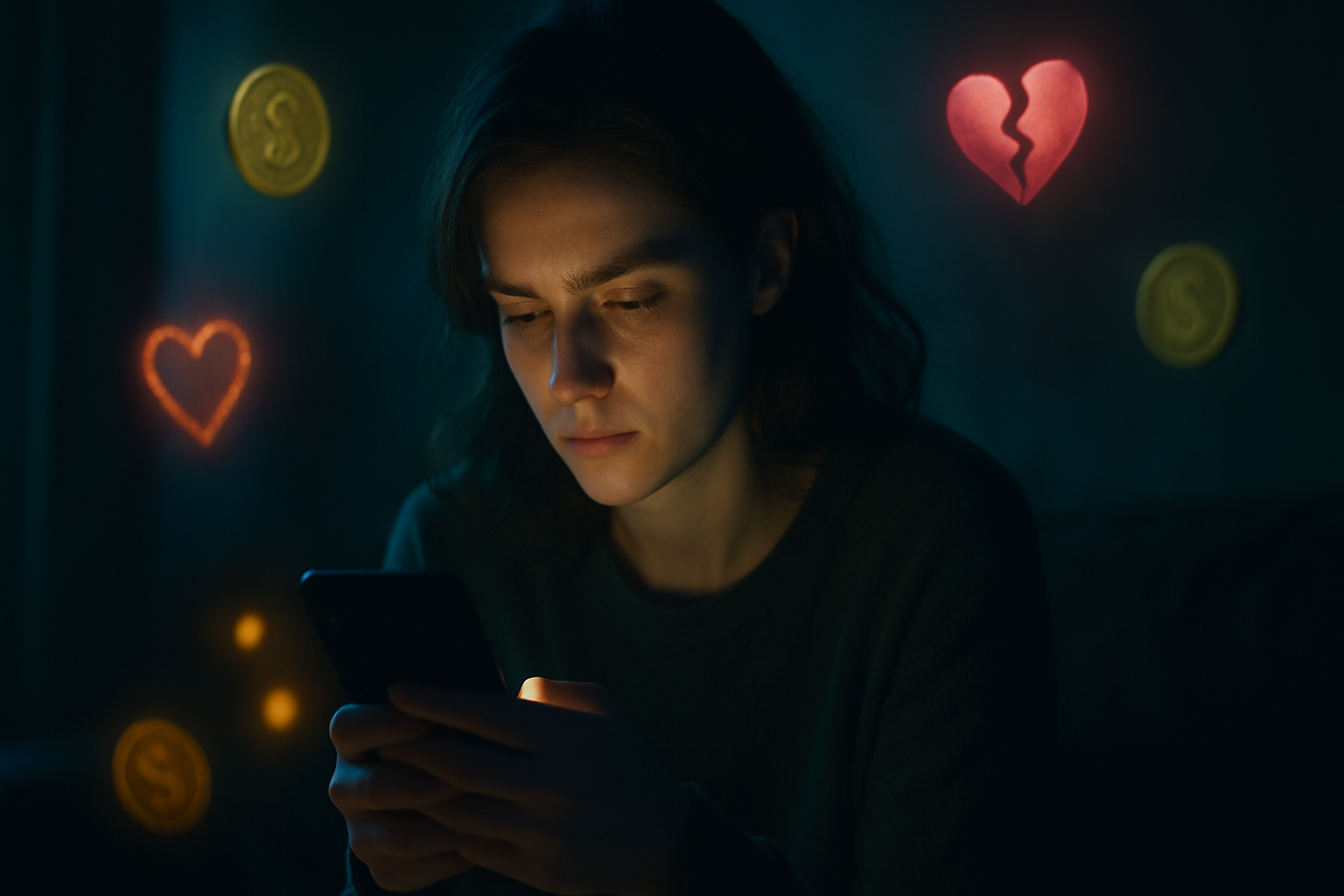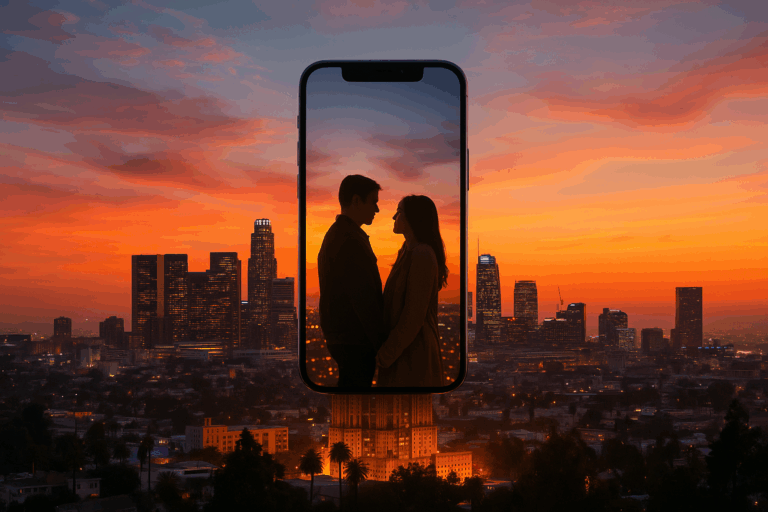In the glittering chaos of the vertical boom, one truth is emerging: this isn’t just entertainment — it’s behavioral engineering.
The new wave of micro-dramas flooding your feed operate like digital slot machines. Each 90-second hit promises love, betrayal, and redemption at the tap of a screen — and just like any good casino, every “next episode” button is a pull of the lever.
“Every time I click to see what happens, it’s like a gamble,” one viewer said. “You don’t realize how deep you’re in until your bank statement shows it.”
It’s not television. It’s dopamine design.
🐋 THE WHALES OF VERTICAL ENTERTAINMENT
In this world, most people watch for free — but the business model doesn’t need everyone. It only needs the 10 to 15 percent who can’t stop paying.
They’re called whales — the same term the gaming industry uses for its high-spending addicts. They’re the lonely, the overworked, the emotionally exhausted. They’re chasing comfort through cliffhangers.
“It didn’t feel like much,” one viewer admitted. “Ten dollars here, ten there. But I looked later and had spent over two hundred on one story.”
The entire system depends on them. Apps don’t want an audience — they want a handful of emotionally vulnerable users to fund the entire ecosystem.
Behind every cheap romance ad and melodramatic voiceover is a billion-dollar economy built on the same psychology as mobile gambling.
💔 ESCAPISM FOR A BURNED-OUT GENERATION
Why does it work? Because people are tired — emotionally, mentally, spiritually. Long-form content feels like homework. Verticals offer instant emotion, no strings attached.
“People aren’t watching to feel,” another viewer said. “They’re watching to not feel.”
It’s comfort food for the anxious. Two-minute heartbreaks. Disposable dopamine. A safe space to experience emotion without consequence.
The drama doesn’t challenge you — it numbs you. And for an audience drowning in burnout, that’s a feature, not a flaw.
⚠️ THE EMOTIONAL SUBSCRIPTION MODEL
The genius — and danger — of the vertical industry is that it has monetized emptiness. Every cliffhanger is a transaction. Every “continue watching” is a hit of synthetic catharsis.
It’s not that viewers don’t know what’s happening — it’s that they don’t care. The micro-drama model gives the illusion of control while slowly rewiring the brain to crave the next emotional micro-dose.
And that’s the real magic trick: turning burnout into billions.







